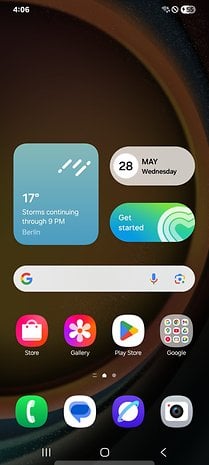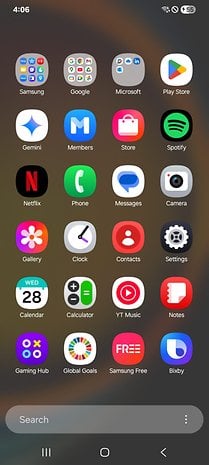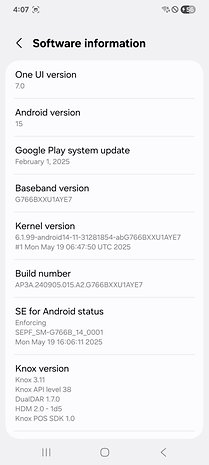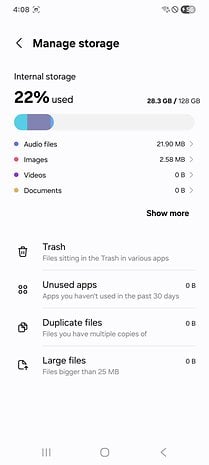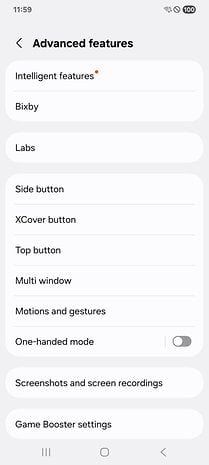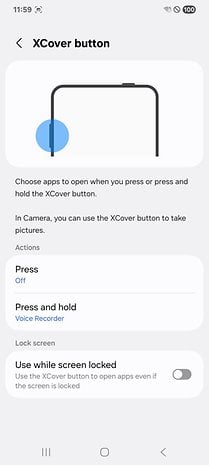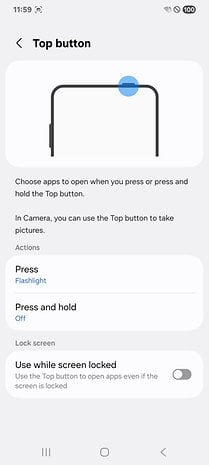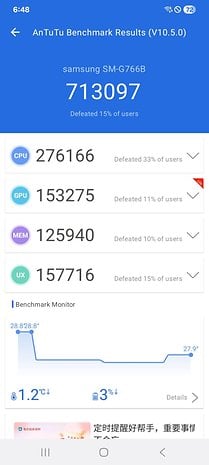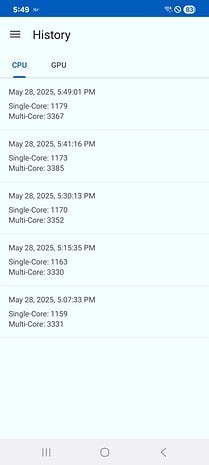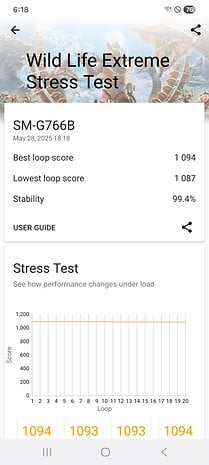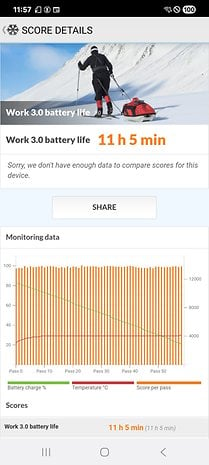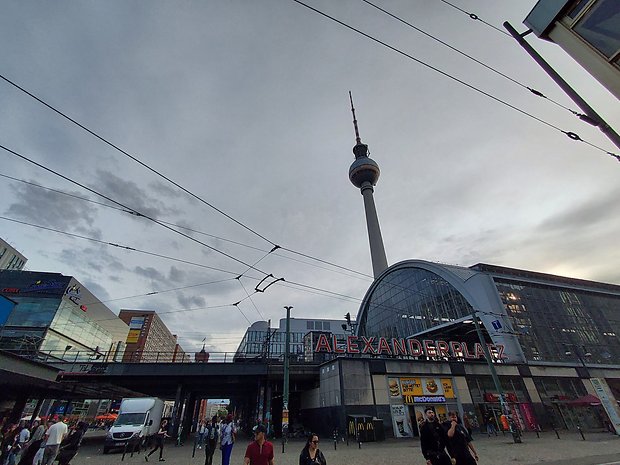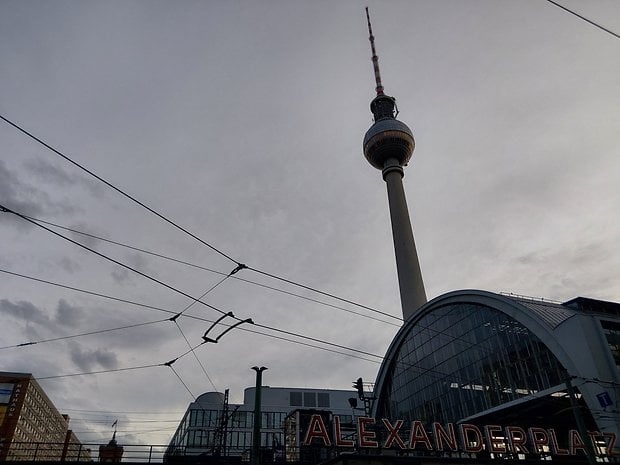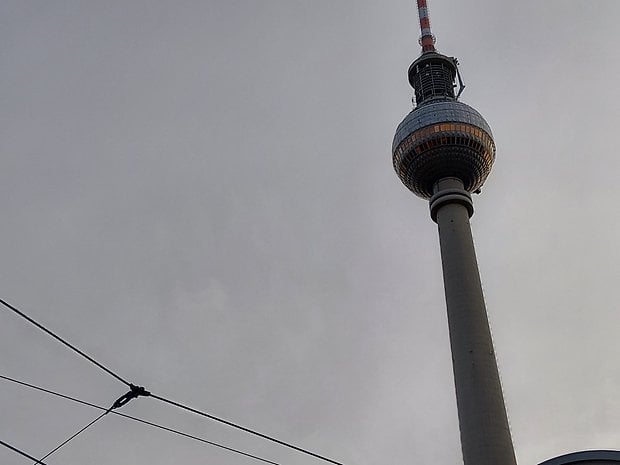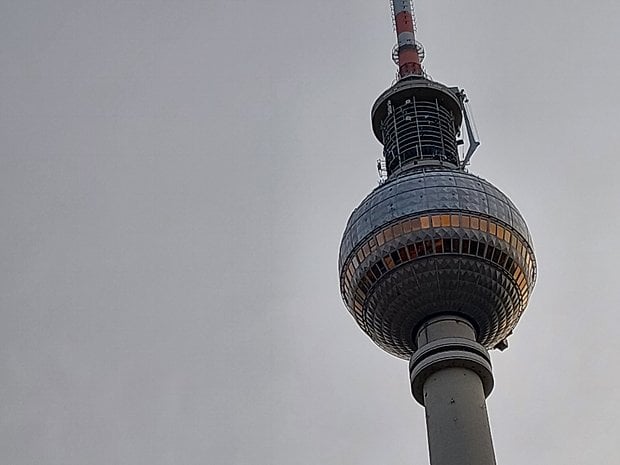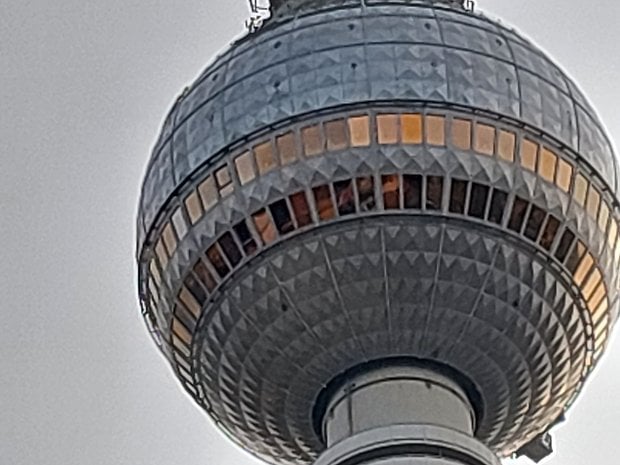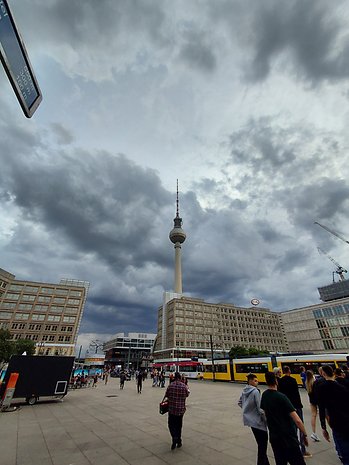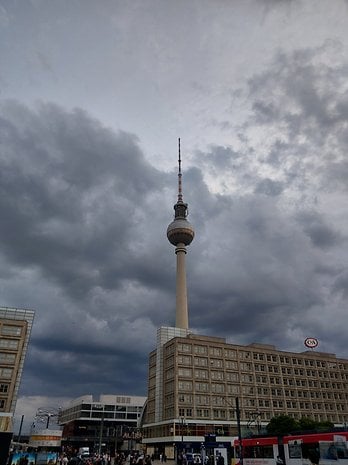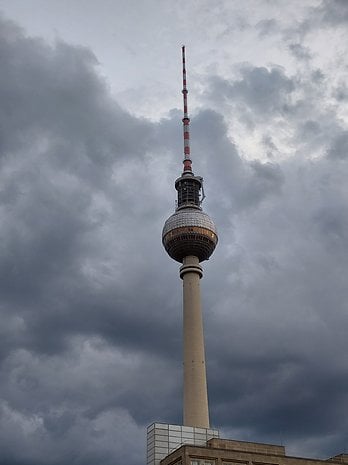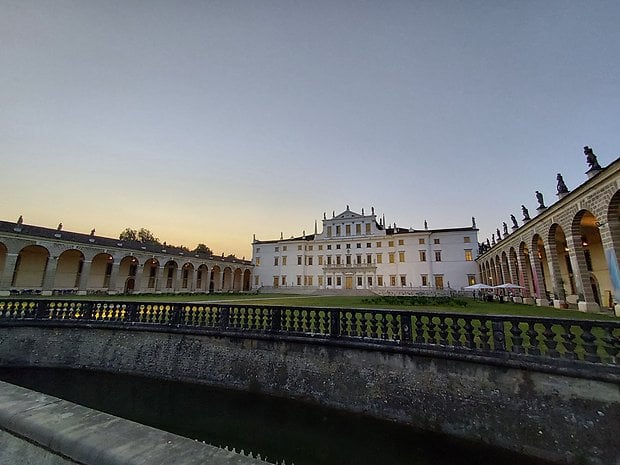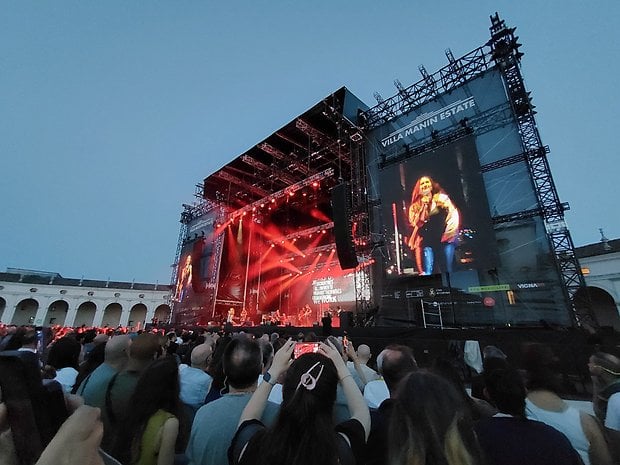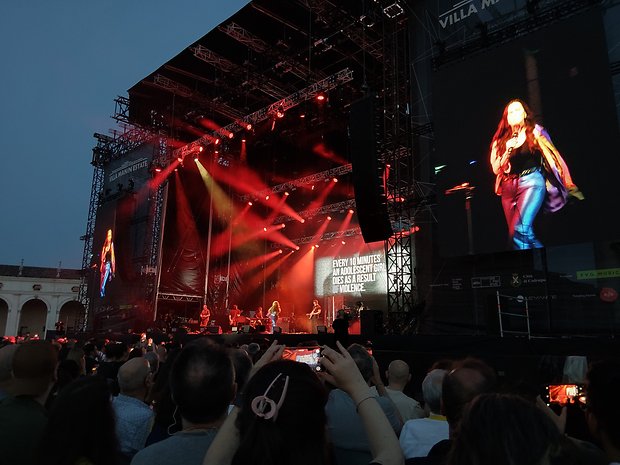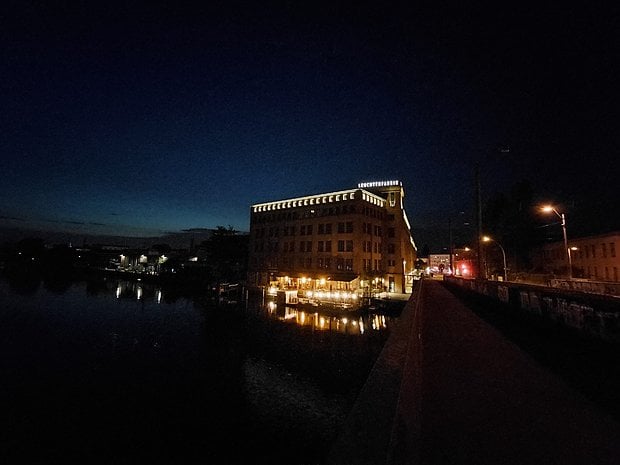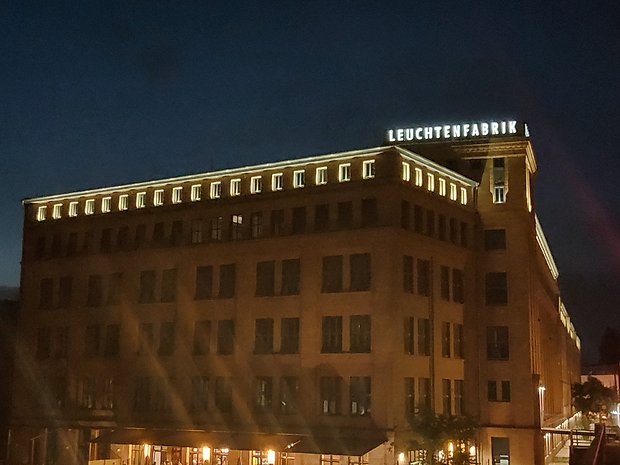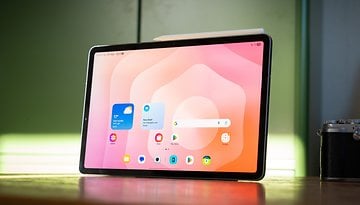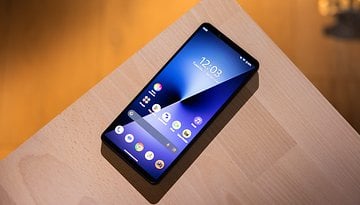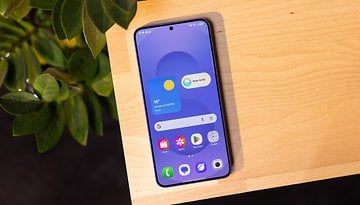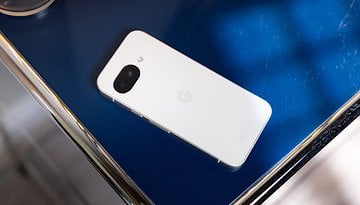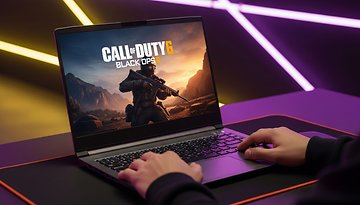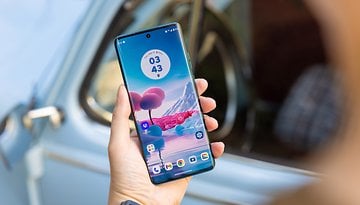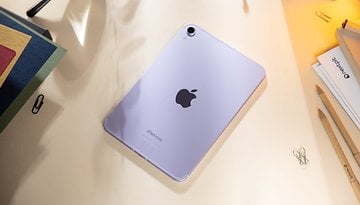Samsung Galaxy XCover 7 Pro Review: The Only “Pro” Smartphone
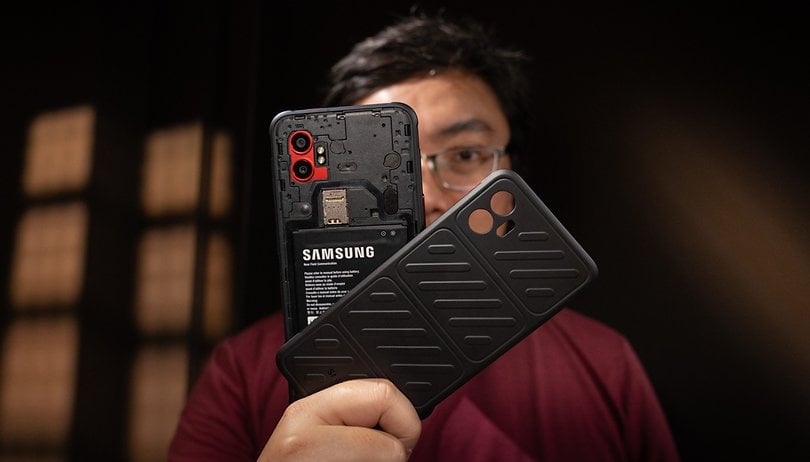

Samsung updated its “Pro” rugged phone after three years, launching the Galaxy XCover 7 Pro in 2025. After testing the previous generation, we had some time with the new model and say if the phone is the right one for you based on its features, software support, performance, and more.
The South Korean brand is almost alone in this market segment, with eventual competition from Motorola/Lenovo and numerous relatively unknown Chinese brands. That partially explains why it took so long for Samsung to update the XCover Pro line.
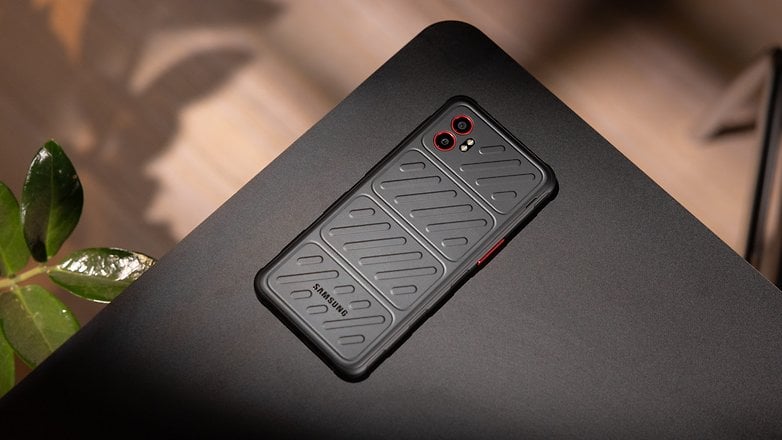
The other reason is the fact that it targets the enterprise market, which requires not only long-term software support but also availability and even an ecosystem of accessories, but we will talk more about that later.
Good
- Long software support
- Removable battery
- microSD expansion
- Customizable shortcut buttons
- Accessories ecosystem
Bad
- Expensive
- Mediocre camera
- Average performance
- Short battery life
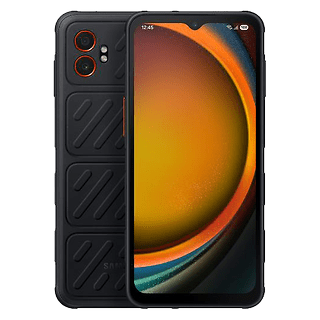
XCover 7 Pro: Rugged and Rubberized
| Design and Build Quality | |
|---|---|
| Display |
|
| Dimensions and weight |
|
| Resistance |
|
The Samsung Galaxy XCover 7 Pro features a familiar design if you have already seen other models in the XCover family: A rubberized finish with bumpers on the corners and a raised border around the display to absorb impacts. Also making a return are the red details around the camera modules and shortcut buttons.
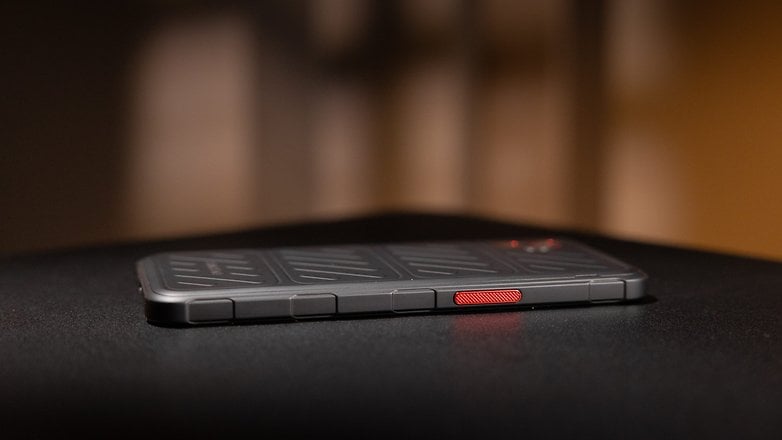
Both sides also feature small recesses that, together with the rubber, make it easy to hold the phone, even with working gloves. The right side houses the volume rocker and power button, the latter with the fingerprint reader, the left side has a big, easy to reach programmable button, with a smaller button on the top next to the notification LED. The bottom has the USB-C port (at 2.0 speeds) and a pair of pogo pins.
In the back, the camera islands are slightly recessed in relation to the main texturized surface, reducing the risk of drop damage. And the back is removable, like it is 2010 all over again. Opening it reveals the removable EB-BG766GBY battery, and the slots for a microSD card and a nano SIM.
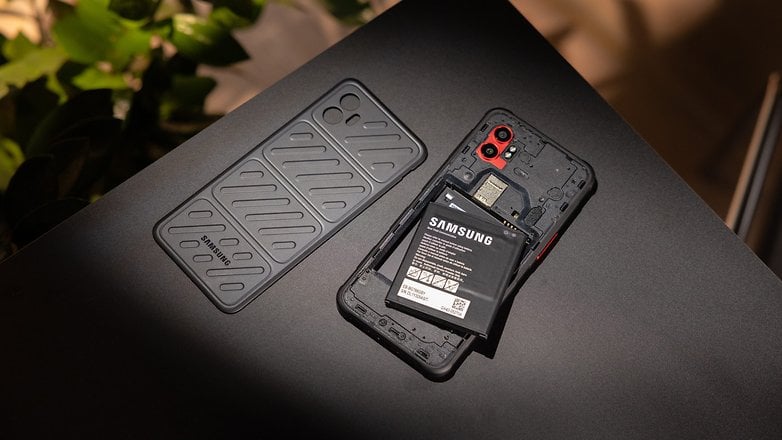
It is worth noting that it is necessary to remove the battery before inserting/replacing a SIM card. As an alternative, the Galaxy XCover 7 Pro is compatible with eSIM. And despite the removable back, the XCover 7 Pro is rated IP68 for water and dust resistance, as well as MIL-STD-810H for resistance against shock, vibration, and temperature.
The display uses a traditional LCD panel that refreshes at 120 Hz, offering smooth scrolling and animations. It has the same 6.6’’ diagonal and Full HD resolution as the screen used in the previous model.
Colors are not as vivid as in OLED phones, but are not far behind, while brightness was measured at 580 nits, which is rather low for 2025. Despite that, the screen is generally visible outdoors except for extreme situations directly under the sun.
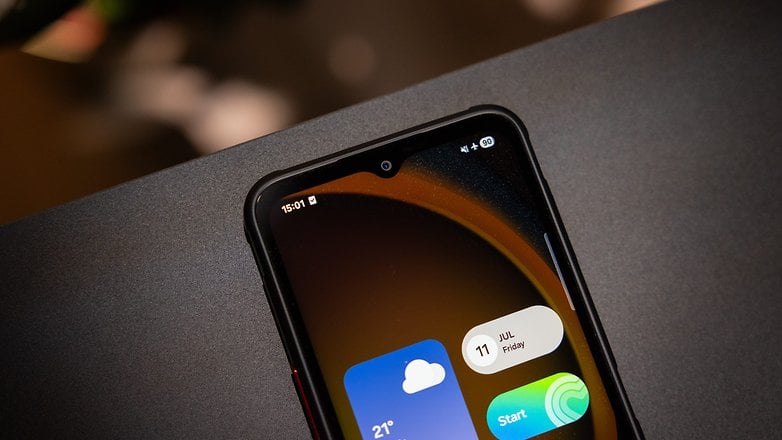
Gorilla Glass Victus+ protects the screen together with the thick bezels around it. There is a slight gap between the panel and glass, nothing that bothered us. And finally, the selfie camera is housed in a V-shaped notch.
Seven Years of Software Support
| Software | |
|---|---|
| Operating system |
|
Coming out of the box with Android 15 and One UI 7, the Galaxy XCover 7 was launched with the latest operating system at the time, recently replaced by the new Android 16 version.
The One UI 7 interface is the same one that debuted earlier in 2025 with the Galaxy S25 family. Having said that, the XCover 7 Pro lacks some of the “Galaxy AI” features, probably due to the more modest processor used and smaller RAM. Available on the phone are tools like “Object eraser” for pictures and “AI select”, to get suggestions of actions based on what you select on the screen.
One of the XCover family’s selling points is the long-term support promised by Samsung for the enterprise market: Seven years of features and security updates. In practice, that translates to support until April 2032. One thing that is kept out of the update promise, however, is how frequently Samsung will distribute security patches for the Galaxy XCover 7 Pro, especially closer to the end of the support window.
After updating the default installation of the XCover 7 Pro, we found six third-party apps, and a used storage capacity of 28.3 GB.
In the Settings app, we find the option to customize the extra buttons on the left and top sides of the phone. Each one can be set for two different apps or actions–e.g, turn on the flashlight, go back in the interface, or as a Start button. At first glance, the feature is useful, but the available options are slightly limited. For example, there was no option to take a screenshot or open an app in a specific state (a web page on the browser, a new email screen, etc.).
Only Average Performance on the XCover 7 Pro
| Performance | |
|---|---|
| Processor |
|
| Memory |
|
| Connectivity |
|
Powered by the Snapdragon 7s Gen 3 processor, the Galaxy XCover 7 Pro performs like a mid-range smartphone. In daily usage, performance is more than enough for typical tasks like messaging, doomscrolling on social media, and GPS navigation. Multitasking, however, is not as snappy, probably due to the limited 6 GB of RAM available.
| Galaxy XCover 7 Pro (Snapdragon 7s Gen 3) |
Pixel 9a (Snapdragon 8 Elite) |
Galaxy S24 FE (Exynos 2400e) |
|
|---|---|---|---|
| AnTuTu | 713,097 | 1,267,177 | 1,620,641 |
| 3DMark Wild Life Extreme Stress Test |
Best loop: 1094 Worst loop: 1087 Stability: 99.4% |
Best loop: 2640 Worst loop: 1952 Stability: 73.94% |
Best loop: 3968 Worst loop: 2615 Stability: 65.9% |
| Geekbench 6 | Single: 1169 Multi: 3353 |
Single: 1699 Multi: 4367 |
Single: 2145 Multi: 6606 |
In performance tests, the XCover 7 almost mirrored the results of the Xiaomi Redmi Note 14 Pro 5G+ with the same chip. In the Galaxy camp, the rugged Samsung falls in between the Galaxy A56 and Galaxy A36, which we tested earlier this year. The differences were so small that most people probably won’t notice them.
Targeting the enterprise market, we don’t expect to see many people playing games with the Galaxy XCover 7 Pro. Even so, the phone can still run most games at lower quality settings, as long as you don’t expect the smoothest performance.
One thing to keep in mind is that, in the long run, the 6 GB of RAM may limit not only performance but also which new features will come to the phone. Resource-heavy tools like AI, which require large datasets to be loaded into memory, may be restricted to those that can be processed outside the device.
Weak Camera on the XCover 7 Pro
| Camera | |
|---|---|
| Main Camera |
|
| Ultra-Wide Camera |
|
| Selfie Camera |
|
| Max. Video Resolution |
|
With a camera configuration unchanged from its predecessor, our expectations for the XCover 7 Pro’s photography skills were pretty low, and the phone did as expected. The camera section is once again the weakest point in an XCover phone, especially at low-light conditions.
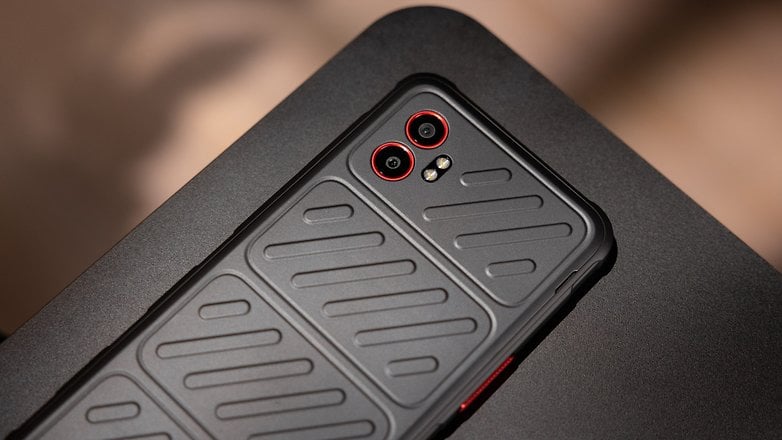
Daylight photos were comparable to those of most mid-range phones, offering a good level of detail but with slightly muted colors. While the resulting photos won’t be ideal for large prints, they can work well for sharing with friends and family.
Without a telephoto lens, the XCover 7 Pro has to use cropping or digital zoom on the main 50-megapixel sensor to get “closer” to the subject. Photos at 2x magnification are still usable, but going further starts to add artifacts to the image.
The ultra-wide camera has a low resolution of 8 megapixels, and while it takes a big cut in terms of sharpness, at least it offers a noticeably larger field of view for landscape shots. Another difference between the two cameras on the back is the color reproduction, which was never consistent.
Night shots were mostly disappointing, with light sources getting overly bright and obscuring dark areas. Night mode helped a bit to notice darker areas, but the resulting photos look overexposed and unnatural.
Selfies with the Samsung Galaxy XCover 7 Pro were much better, especially in daylight, with a good level of detail and natural skin reproduction. Portrait mode looks slightly artificial, with an uneven separation between the subject and the background.
Removable Battery and Average Battery Life
| Battery | |
|---|---|
| Battery Capacity |
|
| Wired Charging Speed |
|
With a reasonably modern processor, the XCover 7 Pro could be a good option in terms of energy efficiency, but the benefits of the 4nm chip made by TSMC are cancelled out by the small battery capacity.
On the other hand, the XCover 7 Pro’s removable back allows users to swap the battery–which in Europe costs around 40€ (approx. $50) as of writing this review. There are even bespoke battery options available that use the pogo pins on the phone to have quick-swap solutions with multi-device charging cradles.
| Charging | Galaxy XCover 7 Pro (Samsung 45W charger) |
Galaxy A26 (Samsung 45W charger) |
Pixel 9a (5100 mAh) |
|---|---|---|---|
| 10 minutes |
|
|
|
| 30 minutes |
|
|
|
| 1 hour |
|
|
|
| Full charge |
|
|
|
| PC Mark Battery test |
|
|
|
With that in mind, while the phone doesn’t seem to offer an impressive battery life with heavy usage, it can provide a charge for an entire work shift.
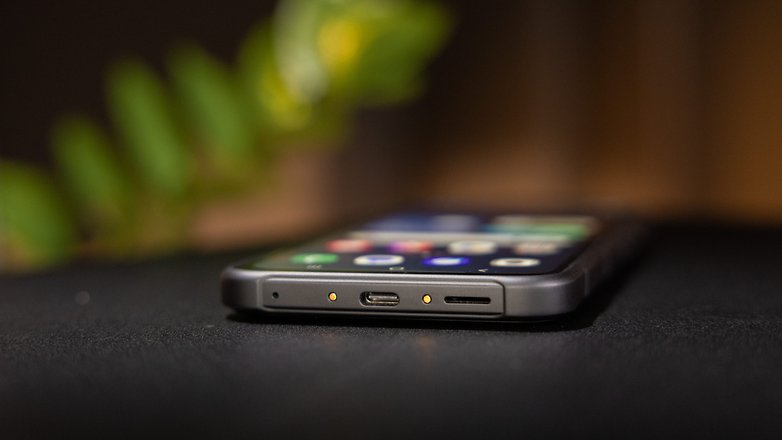
Charging is very conservative, to say the least. The XCover 7 Pro can charge at up to 15 W, which helps the battery last longer, at least in theory. Expect a full charge to take around 1h40min, with a 30-minute charge good for 36%. There is no wireless charging option, or the possibility to use the phone without the internal battery (a feature found in the Galaxy Tab Active for work environments with a battery case or dock).
Is it Worth Buying the XCover 7 Pro?
For the majority of readers, no. The Galaxy XCover 7 Pro has a very specific target market: Field use by companies, usually with many units as part of a system for a unique usage (controlling inventory, order processing, etc.).
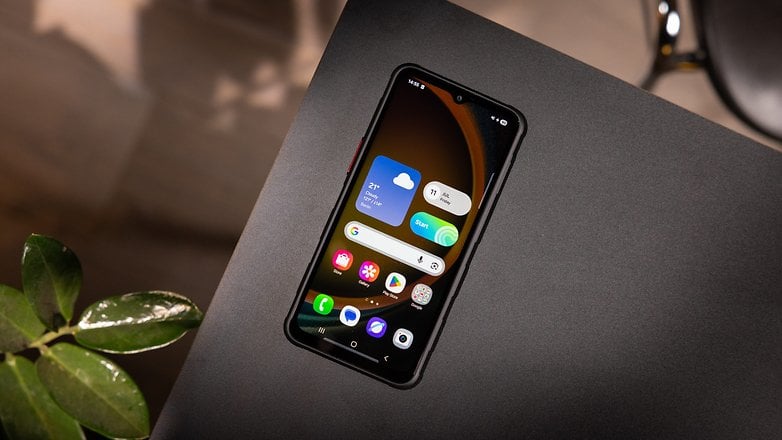
There is an ecosystem of companies that offer a variety of accessories like charging cradles, external batteries, barcode scanners, and more that can be attached to the phone. To those businesses, it might be worth getting the new model for that compatibility and also the extended support lifecycle.
For personal usage, however, while it might be reassuring to use a phone without a case, many mid-range models are also IP68 rated for water and dust protection, with some even rated for drop resistance.
Compared to a similarly priced mid-range model, it is hard to recommend buying the Galaxy XCover 7 Pro. But if you are a company looking into adopting an Android phone for professional use in the field, there is simply no better option than the rugged Samsung phone. Not even Lenovo’s ThinkPhone offers the same “ThinkPad-like” support that the Galaxy XCover line brings to the market.

